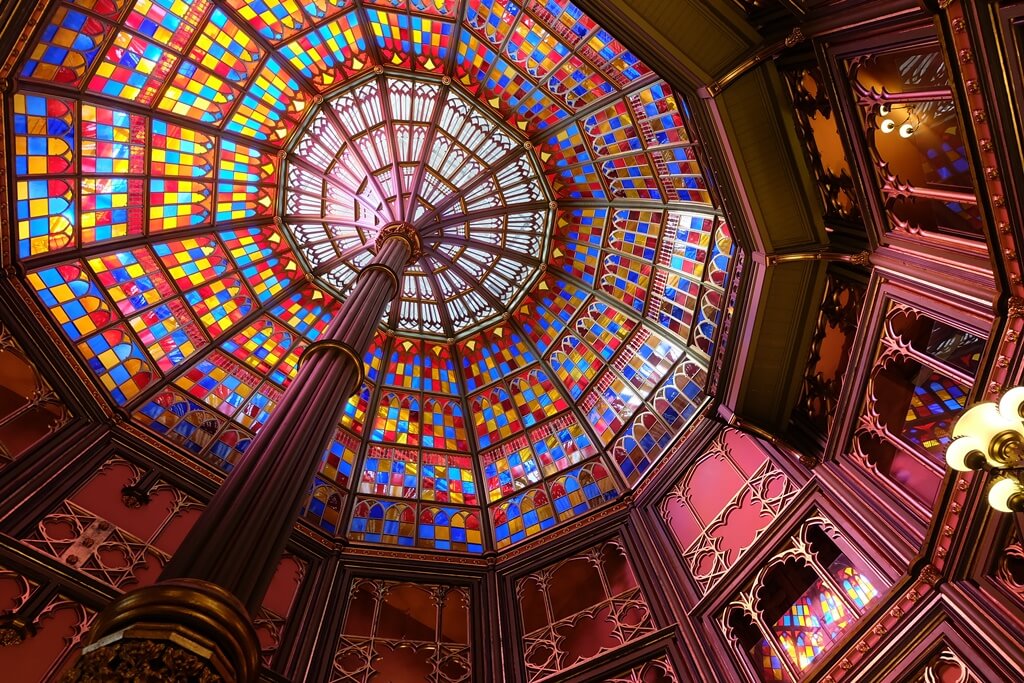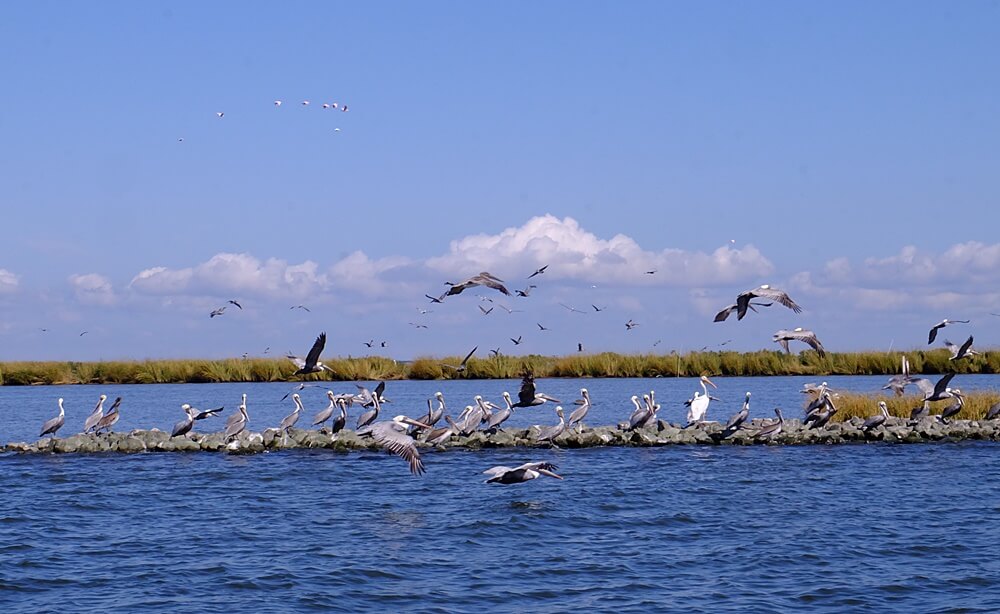Back in 2016, I went to visit a friend in New Orleans for two weeks and I ended up staying for 5 months (I left because I was offered a press trip in India!). For some reason, Louisiana — and specifically, New Orleans — resonated with me. I still dream of owning a shotgun house someday. In any case, a fellow travel blogger offered this article and I grabbed it. I will always recommend visiting that part of the United States!
There is nowhere quite like Southern Louisiana. This is Cajun country, with the largest swamp forest in the United States and some of the country’s oldest plantations. And it is on the doorstep of New Orleans. If you are looking to extend your city break with history, nature, and vibrant culture, read on and learn about what to see and do in southern Louisiana.
Why Explore Southern Louisiana?
You could spend your entire vacation in New Orleans, exploring the French Quarter and different areas of the city. But, if you have a little more time, there is a whole other world to explore in Southern Louisiana. The area is characterized by an extraordinary landscape, long history, and unique mixture of Creole and Cajun heritage.
The swamps and countryside are a nature lover’s paradise. You could easily spend days exploring the region’s plantations and learning about southern culture, history, and cuisine. Then there are the cities, each with their own character. Both Lafayette and Baton Rouge are an easy drive from New Orleans, perfect destinations for a weekend getaway.

Swamps, Countryside, and Nature
Louisiana is known for its swamps (or “bayous”), amazing sights in themselves, and home to many different types of animal and plant life. If you are on a road trip you are likely to drive over the 18 mile (29 km) Atchafalaya Basin Bridge, which carries you high above the largest wetland and swamp in the U.S., a spectacular and other-worldly landscape.
The area is crisscrossed by rivers everywhere; look out for footpaths and boardwalks that will take you through the swamps.
In the Houma at the Terrebonne basin, where a nature walk led to a viewing platform over a large bayou with lots of wildlife. There were egrets and herons and lots of dragonflies. You can see fish jumping out of the water, and note the astounding variety of plants.
There are supposed to be alligators here, although you can’t always be lucky enough to see them. If you want to get a taste of Louisiana’s swamps without hiring a car, you could take a guided tour or boat ride from New Orleans.
Take note that some guided tours are more questionable than others. They feed the alligators to make sure tourists see them, which isn’t good for the wildlife. Go instead for small companies like Lost Lands Tours, which take small groups only and never feed the gators.

Historic Plantations of Southern Louisiana
The other main sight of the southern Louisiana countryside is the plantations. Historically, the Mississippi was a major trade route, and the river delta was dotted with plantations. These were large farms that grew cash crops such as sugar cane and cotton for export.
Although the plantation families — and the slave trade that supported them — are now consigned to the past, you will still see huge tracts of sugarcane fields.
Today it is possible to visit some of the former plantation houses and explore their history. You could do this by taking a day trip to one of the better known houses such as Oak Alley Plantation from New Orleans. Or you could travel independently to take a tour or even stay overnight at one of the mansions.
The Nottaway Plantation, which claims to be the “South’s Largest Antebellum Mansion,” had a peaceful location by the Mississippi River. The house and the small display about slavery are very interesting, but it is not necessary (nor recommended) to stay there overnight.
Baton Rouge
Baton Rouge is the capital of Louisiana, situated on the Mississippi River, midway between New Orleans and Lafayette. This is a historic city founded by French settlers in 1721, and two sights not to miss are the Old Governor’s Mansion and the Old State Capitol Museum. The latter is remarkable as much for its sumptuous Art Deco interior (see photo below!) as for its displays of state history.
Elsewhere in Baton Rouge you’ll find an art museum, parks and a riverside walk. And — of course — there are lots of places to enjoy traditional southern cuisine.

Lafayette
At the heart of Cajun and Creole country, around 135 miles (217 km) from New Orleans, Lafayette is sometimes known as the “happiest city in America.” It is certainly a lively place, with music and festivals seemingly happening throughout the year.
As you might expect, Mardi Gras is an important festival, but you’ll also find events celebrating local music and cuisine. And the Festivals Acadiens et Créoles in October brings together local music, food, and crafts in a three-day extravaganza.
As well as the music, you’ll find lots of public art in Lafayette. You can explore the city’s heritage at the living history museum of Vermilionville. And around the city you will find parks such as the Acadiana Park Nature Station with woodland and nature trails.
Around 30 miles (48 km) south of Lafayette is Avery Island, the home of Tabasco sauce. Here you can enjoy nature and countryside and learn about the famous hot sauce.

What Else to See in Southern Louisiana
This is just a small selection of places to visit in southern Louisiana. You could also drive across the Lake Pontchartrain Causeway (the longest continuous bridge over water in the world) to the parishes on the lake north of New Orleans. Or you could head south to Jefferson Parish with its historic sites and natural places beside the Gulf of Mexico.
Aleah also highly recommends you go on a boat ride to Barataria Bay, where you can see pods of dolphins and hundreds of pelicans just chilling on Queen Bess Island. Indeed, nothing really beats Louisiana for its natural beauty, culture, delicious cuisine!
Text by Karen Warren. All photos by Aleah Taboclaon.







